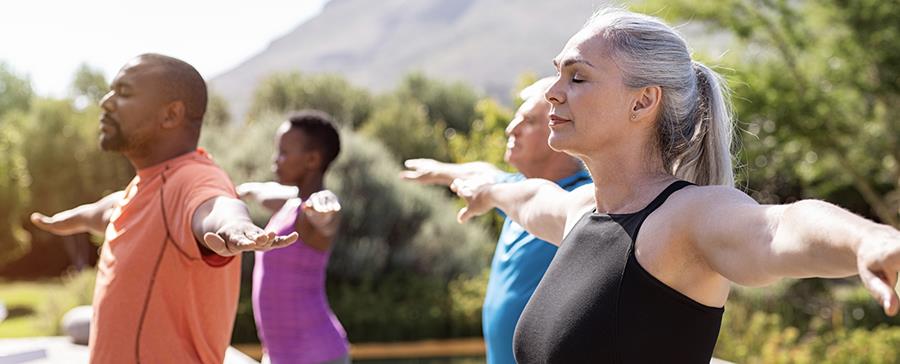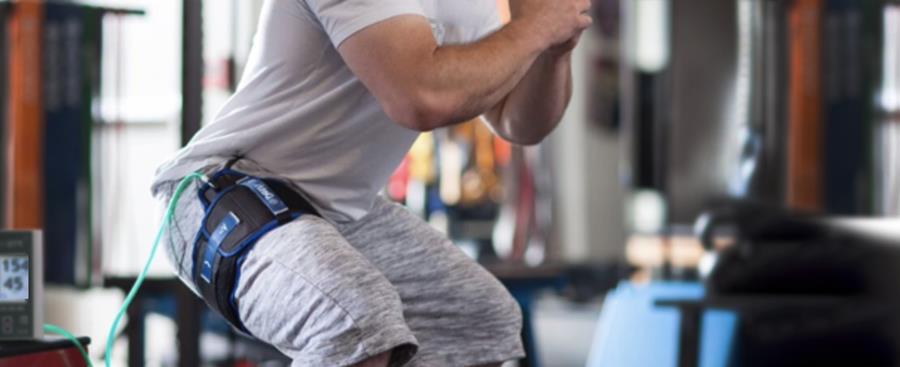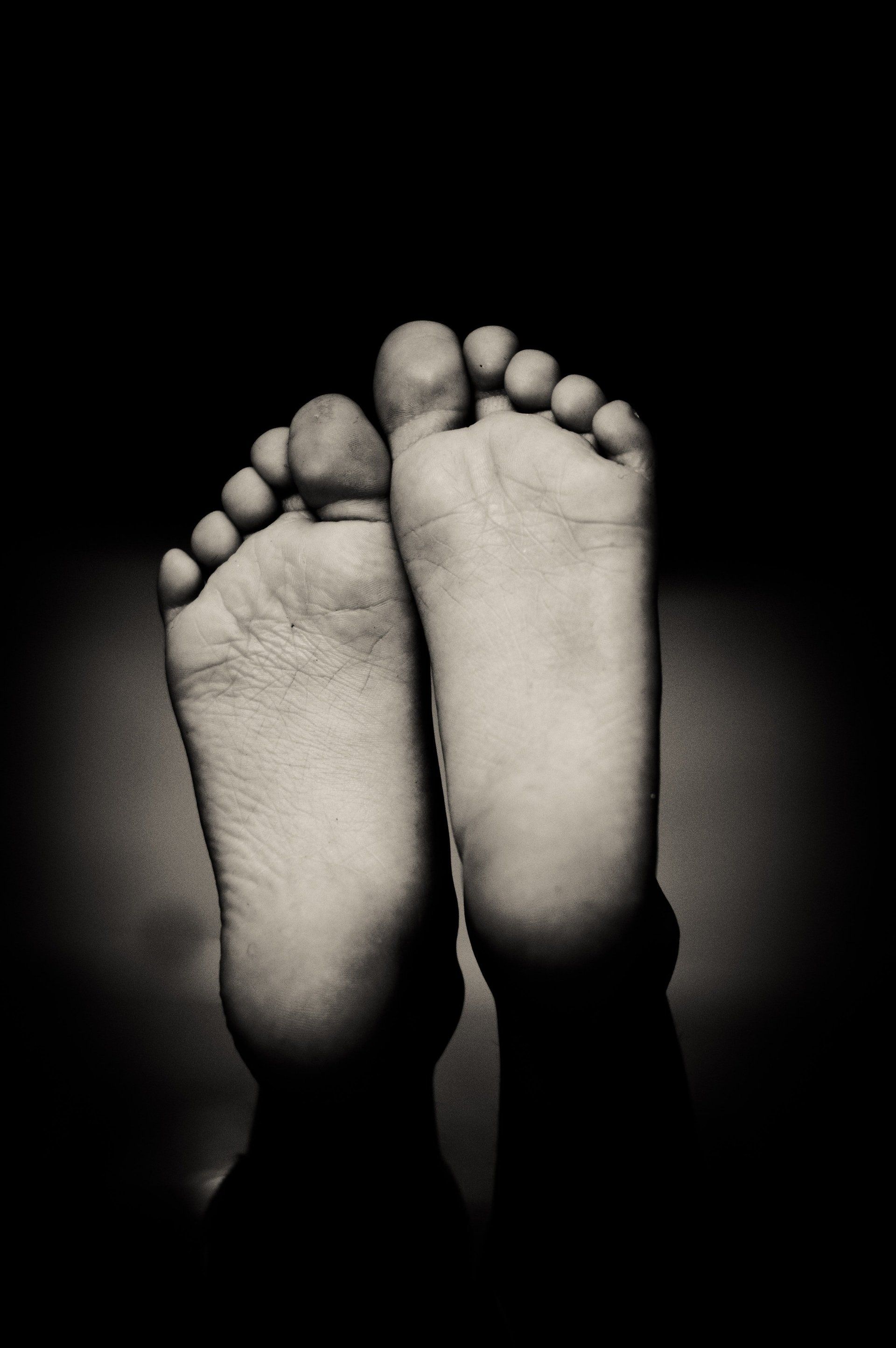
Don’t let gravity win! Do you have low bone density? Are you experiencing changes in your posture? Whether your concern is your posture, your bone density, or both; you could benefit from a targeted strengthening program to arrest and/or prevent postural changes. In this video learn about Red Flag posture changes and plan your way to Stand Tall with Sandra Conran, our Reston Physical Therapist, certified in the Meeks Method for Posture and Osteoporosis Management.

Train smarter, not harder! Research has shown that performing low intensity exercises in conjunction with Blood Flow Restriction (BFR) Training can increase the size and strength of muscles in as little as 3 weeks! This game changing technique is allowing physical therapists to rehabilitate populations that wouldn’t typically be able to manage high intensity training, including individuals with osteoarthritis, osteoporosis, or patients recovering post-operatively with delicate surgical grafts. BFR can also improve the performance of regular exercisers and competitive athletes, AND provide anti-aging and preventative care for all! Blood Flow Restriction Training uses a pneumatic cuff at the upper thigh for training lower leg muscles, or at the shoulder for training arm muscles. The cuff is then inflated to limit the amount of blood leaving the arm or leg, leading to a safe and natural cascade of cellular reactions ultimately causing the release of growth hormone with less exertion. Once the appropriate pressure is obtained, it is maintained throughout the training session as the patient performs resistance exercises at a low intensity with high repetitions. Watch our Reston PTs, Lauren Britt and Brittany Rees, explain Blood Flow Restriction Training and demonstrate it's use in Physical Therapy!

Find out how your physical therapist can help decrease your pain! A common misconception about knee arthritis is that movement should be avoided in order to decrease strain on the knee. This is not true! When you move any joint, your body secretes fluids around that joint to provide increased lubrication. In addition, strengthening the muscles around your knees provides increased support. This will help every day activities like walking and going up and down stairs less painful. Check out our newest video from Reston PT Jeff Peckins. In it, he will outline how a Physical Therapist will assess your knee's range of motion, strength, and functional abilities to determine how to best help you meet your goals!

Your movement history is the problem. IT Band Syndrome (or Iliotibial Band Syndrome) is an overuse injury commonly experienced by runners. It occurs when the thick connective tissues located on the lateral or outer part of thigh and knee become tight or inflamed. If the IT Band isn't working properly, movement of the knee can become increasingly painful, forcing runners or athletes to the sidelines for weeks. If you think you might be experiencing IT Band Syndrome, physical therapy can help! A physical therapist can evaluate your motion and provide you with restoration exercises to treat your movement dysfunction. Check out this video from our Fairfax PT, Ben Fuentes, to learn more about what IT band syndrome is and how you can activate muscles to inhibit or decrease IT band tension.

Are you at risk? In the past year, 1 in 4 adults over the age of 65 has experienced a fall and more that 8 million falls required medical attentions or limited activity for at least a day. Falls threated the health and independence of older adults. But falls and balance issues are not inevitable! Physical therapy can help to improve your balance and strength, so you'll stay upright and active as you age. In this video, Sandra Conran from our Reston Clinic explores the make-up of balance and walks you through three self-assessment tests to determine if your strength, balance at rest, and/or balance when moving put you at risk for falls. Appropriate recommendations to improve your balance are included.

The solution could be one quick fix away! 64 in 100,00 individuals suffer from vertigo and dizziness related to BPPV (Benign Paroxysmal Positional Vertigo). Because many conditions can lead to dizziness, patients may require 3-5 physician visits before being accurately diagnosed. A vestibular physical therapist can quickly screen your symptoms and treat BPPV with just a few sessions – and sometimes just one is all it takes! In this video, Ashlee Kim explains how BPPV causes symptoms of dizziness and vertigo, and how a vestibular Physical Therapist can assess and treat the issue. If you are still unsure if BPPV is related to your impairments, contact one of our clinics to see if a vestibular consult is appropriate for you!



